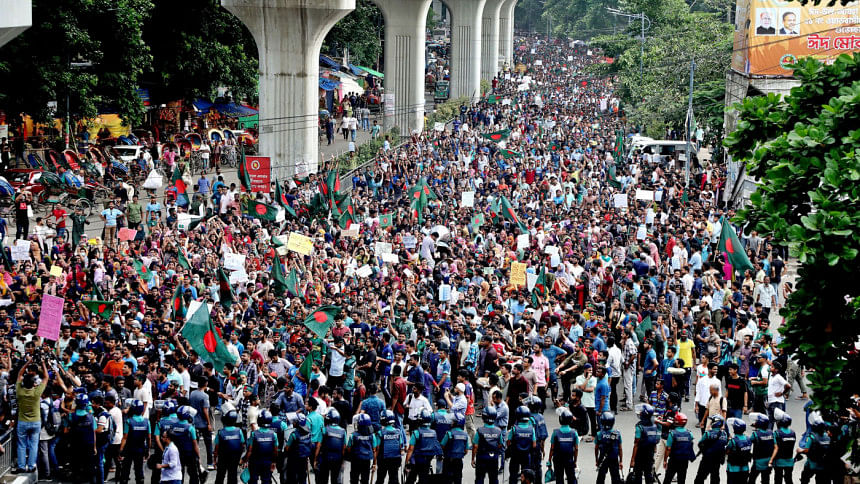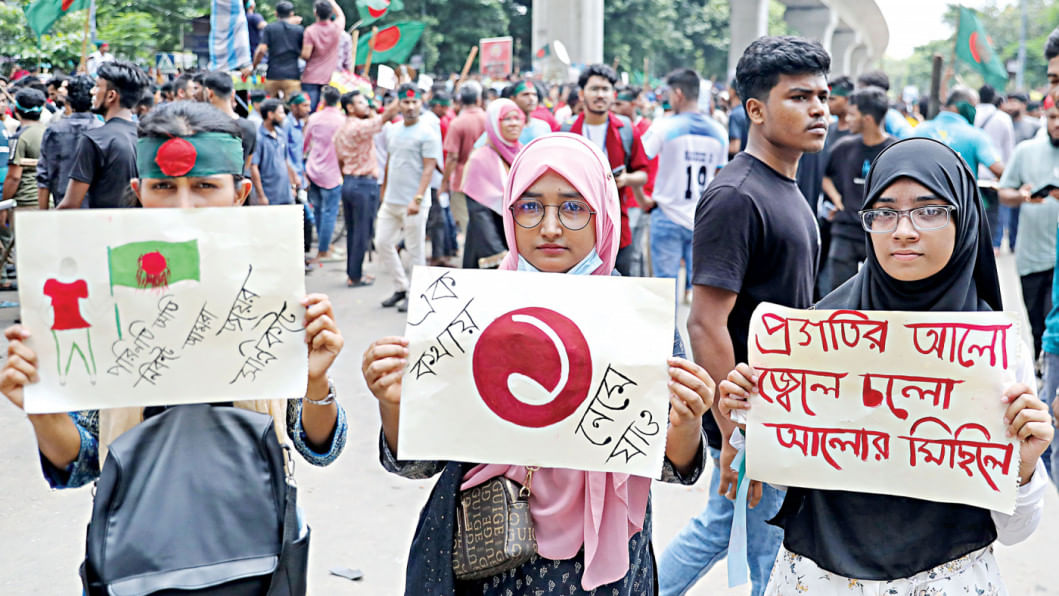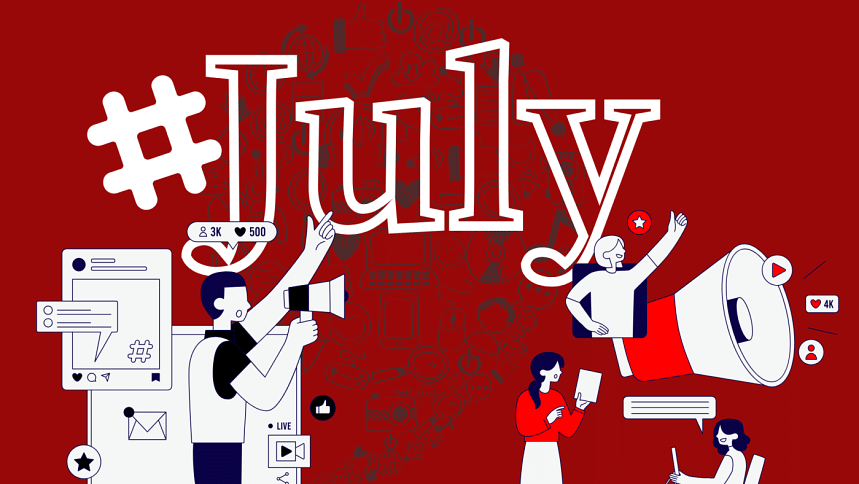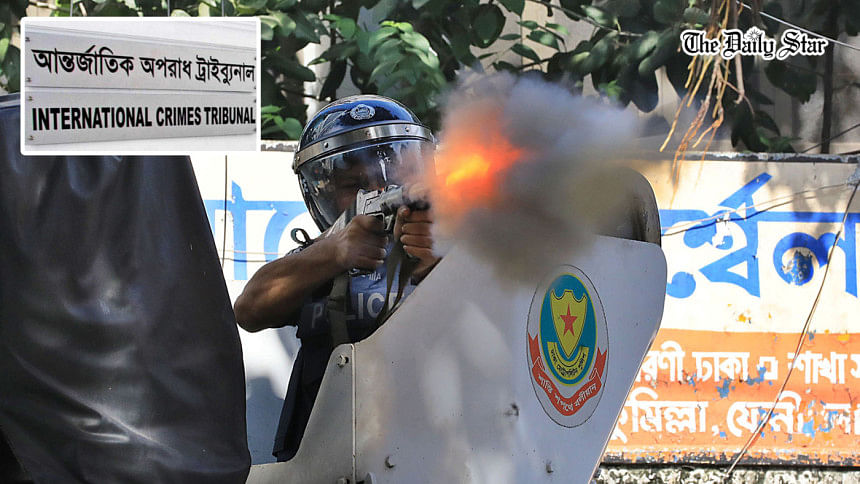A chronicle of the July Uprising
- by Md Shahnawaz Khan Chandan
A narrative of the July 2024 uprising, told through eyewitness accounts and personal testimonies from those who lived it.


Day-by-day breakdown of the key events, turning points, and public resistance from July 1 to August 5, 2024.

A comprehensive explainer tracing the roots of the quota system from 1972 to today, detailing how it evolved and continues to shape debates over merit and representation


























.jpg)























